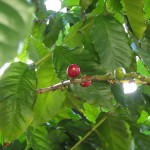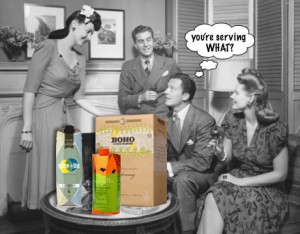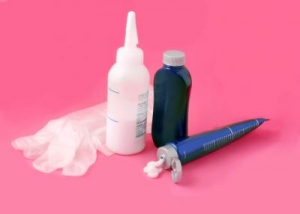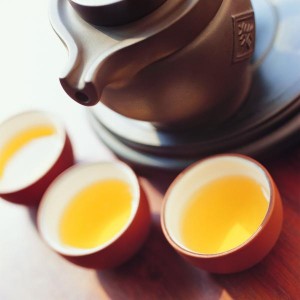Organic Coffee Options
 The sign at my local coffee shop reads, “Coffee first, questions later.” My sentiments exactly, which is one of the many reasons I go to Café on the Corner. Other reasons it’s my favorite place include their delicious jalapeño cream cheese, Chelsea Clinton’s shining face hanging on the wall; and, most importantly, they have organic shade grown, fair trade coffee choices.
The sign at my local coffee shop reads, “Coffee first, questions later.” My sentiments exactly, which is one of the many reasons I go to Café on the Corner. Other reasons it’s my favorite place include their delicious jalapeño cream cheese, Chelsea Clinton’s shining face hanging on the wall; and, most importantly, they have organic shade grown, fair trade coffee choices.
Shade grown coffee is pretty much what it sounds like—coffee grown in the shade. The coffee plant by nature loves shade and the best quality beans come from coffee plants that grow slowly under the rainforest canopy. But because of the high demand for java (501 billion cups consumed every year), rainforest trees are being chopped down and are being replaced by a quicker growing, sun-tolerant variety. These coffee bushes are doused in chemicals and fertilizers to make them grow faster and to keep up with the demand (Mmm…There’s nothing like a cup of warm pesticide residue in the morning…).
 In addition to the many health risks of this practice, the natural habitat for songbirds—and many other species, including howler monkeys, iguanas, ocelots, peccaries, pumas, and tree frogs—is greatly reduced when their homes are chopped down and replaced with coffee.
In addition to the many health risks of this practice, the natural habitat for songbirds—and many other species, including howler monkeys, iguanas, ocelots, peccaries, pumas, and tree frogs—is greatly reduced when their homes are chopped down and replaced with coffee.
My other, more noble reason for purchasing organic coffee—the fair trade label. Simply put, when a product is fair trade certified the label guarantees consumers that strict economic, social and environmental criteria were met in the production and trade of an agricultural product. In this case, fair trade coffee ensures that the vast majority of the world's coffee farmers get a fair price for their harvests in order to achieve a decent living wage.
If you would like to learn more about this cause, and also find out where to buy organic shade grown fair trade coffee in your area check out this site.


 After my recent break-up with my long term boyfriend, I decided that instead of feeling bad for myself I would reflect on the things I was thankful for. Number one: I didn’t get that tattoo of a heart with his name in it.
After my recent break-up with my long term boyfriend, I decided that instead of feeling bad for myself I would reflect on the things I was thankful for. Number one: I didn’t get that tattoo of a heart with his name in it. A study by the Environmental Working Group revealed
A study by the Environmental Working Group revealed  The holiday season has arrived! We are way behind, and there is still much to be done: shopping, baking, and my personal favorite—decorating and wrapping! According to estimates from the California Integrated Waste Management Board, almost 25 million tons more waste is
The holiday season has arrived! We are way behind, and there is still much to be done: shopping, baking, and my personal favorite—decorating and wrapping! According to estimates from the California Integrated Waste Management Board, almost 25 million tons more waste is 



